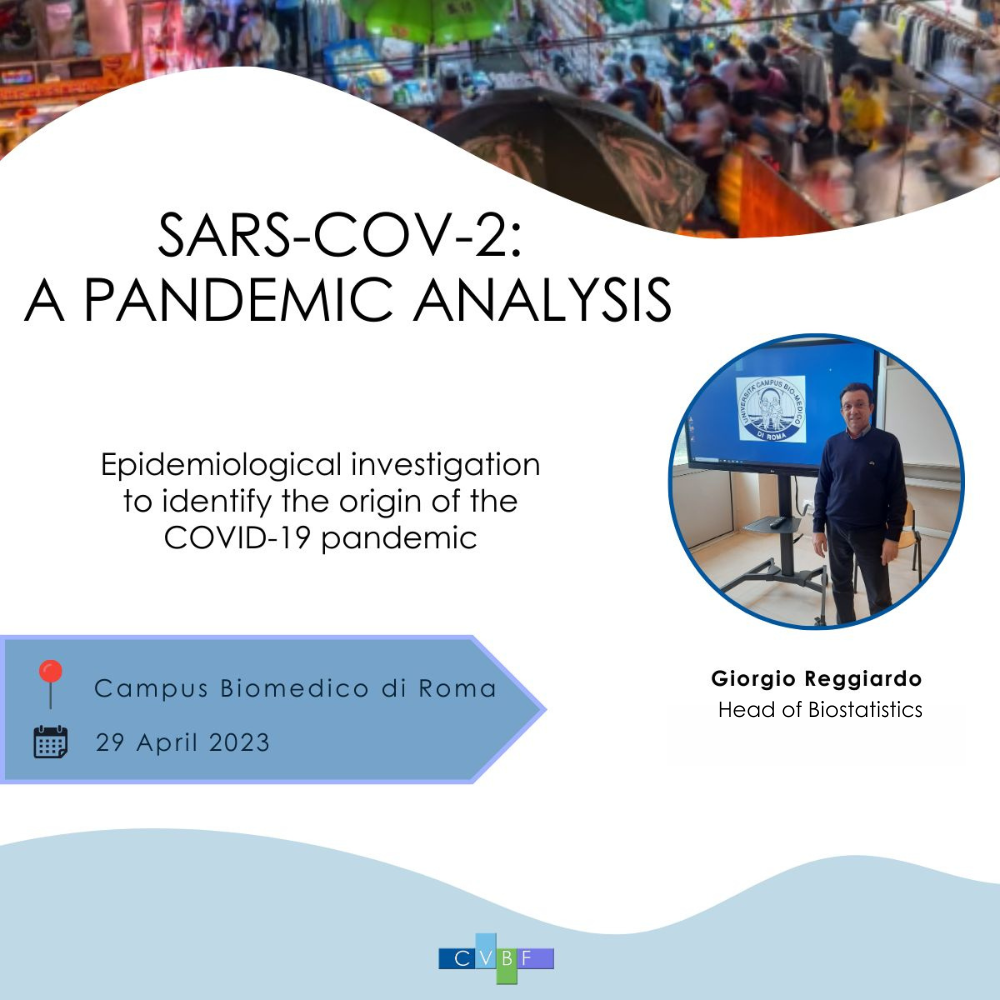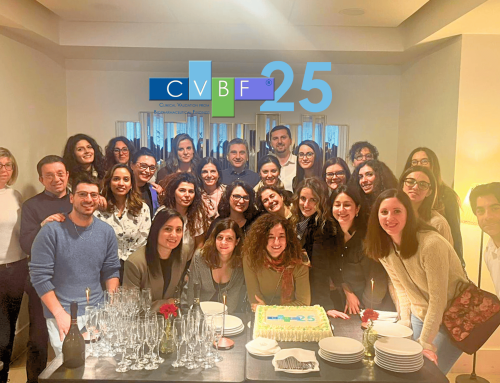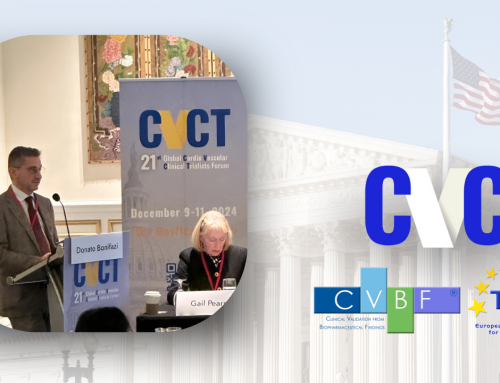On 29 April 2023, Giorgio Reggiardo, our experienced research methodologist and biostatistician, held a presentation to the students of the second level master’s degree course in clinical research, at the Università Campus Bio-Medico di Roma.
The presentation was focused on an epidemiological approach using the Content and Sentiment Infoveillance (CSI) model to identify the origin of the COVID-19 pandemic. In particular, he spoke about the outbreak study that started in Wuhan, China, and the suspected connection to the Huanan market. The most accredited hypothesis is that Huanan market was epicentre of pandemic’s start, report authors say that the coronavirus SARS-CoV-2 jumped to people from animals sold at the Huanan market in November/December 2019.
The second part of the presentation was dedicated to a comparative analysis of the Spanish Flu 1918 and COVID-19 pandemics: the first wave of Spanish Flu was relatively mild in terms of deaths, but the second wave of influenza took place in the late summer of 1918 and resulting in an estimated 35 million deaths. Two successive waves followed in 1919 and 1920, before the virus lessened in severity. There were three or four different waves of illness during the Spanish Flu pandemic. Analysing the Covid-19 pandemic curve it is possible to observe that the Omicron variant represents the fourth or fifth wave of illness and the similarities with the Spanish Flu curve are evident.
The students of the second level master’s degree course in clinical research at the Campus Bio-Medico di Roma have benefited from his expertise and knowledge on this important topic.
Thanks to Giorgio and a staff of trained professionals, CVBF provides a full range of services for data management and statistics, which are the heart of every clinical study.




